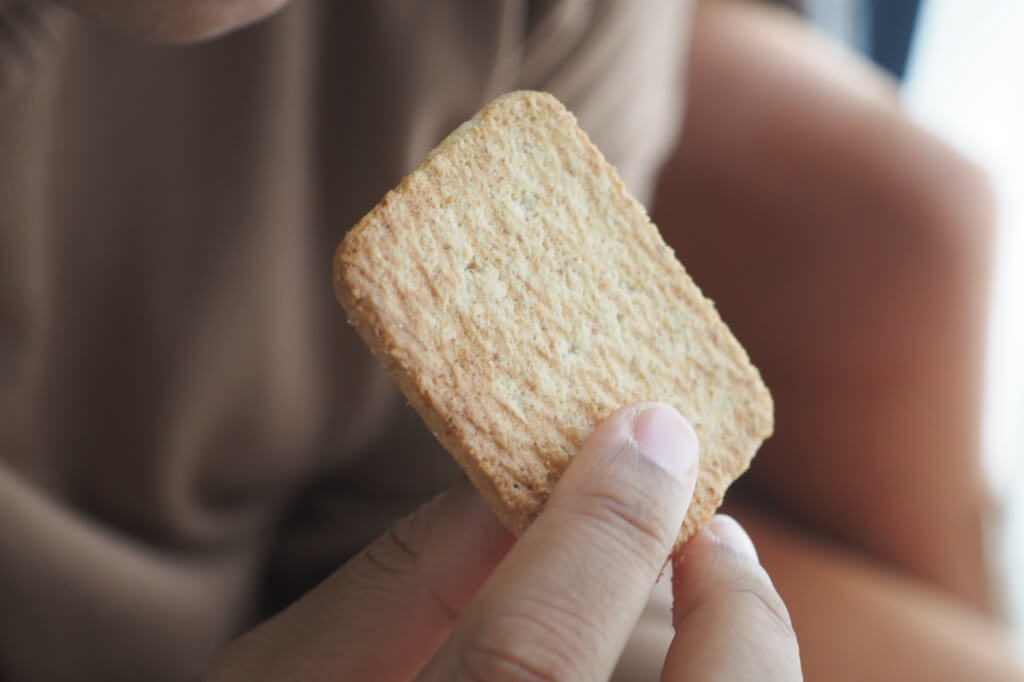From playgrounds to competitive tournaments, Rock, Paper, Scissors has remained a timeless and widely enjoyed hand game. Surprisingly, its roots trace back to ancient hand games in China and Japan, revealing a rich history that transcends cultures and time.
Hand-Based Games of Ancient Times
The origins of Rock, Paper, Scissors are believed to be intertwined with the rich tapestry of ancient hand games, which were an integral part of human interaction in early civilizations. While direct evidence is scarce, ancient Chinese hand games are thought to have laid the foundation for the game we know today.
Intriguing Beginnings in China and Japan
The trail of Rock, Paper, Scissors becomes clearer around the 17th century, with the game’s evolution in Japan. The Japanese version, known as “mushi-ken,” involved hand movements representing a frog, slug, and snake. Interestingly, the adoption of the game from the Chinese version led to a fascinating interpretation, mistaking the character for a poisonous centipede, which became the slug in Japan.
Understanding the Fascinating Evolution
As the game gained popularity, it evolved from being a pastime in brothels and drinking games to becoming a beloved pastime for children in the 19th century. Documented accounts from the 1920s and 1950s mark its transition from local amusement to international recognition, as it gradually spread beyond Japanese borders.
Rock, Paper, Scissors Goes Global
The widespread popularity of Rock, Paper, Scissors can be attributed to its simplistic yet effective mechanics. Its easy-to-understand rules and seemingly random outcomes make it a universally accessible and engaging way to settle disputes or make decisions.
Unveiling Winning Strategies
For those aiming to gain an edge in this seemingly chance-based game, understanding the psychology and predictability behind human choices is key. Observing patterns in opponents’ choices and utilizing psychological tactics can significantly improve one’s chances of consistent victory.
The Intriguing Science Behind Human Choices
Research has shown that individuals tend to repeat their choices following a win or a loss, creating predictable patterns that can be exploited. Understanding these tendencies and adjusting one’s own choices accordingly can lead to a higher probability of success in the game.
Mastering the Mind Game
Refining the art of observation and developing quick reflexes can be crucial in gaining an advantage during gameplay. Recognizing subtle movements and behavioral cues from opponents can provide valuable insights that aid in making strategic decisions and outmaneuvering them effectively.
Unveiling Advanced Techniques
Advanced techniques, including the use of technology and statistical analysis, have also been employed by dedicated players to gain an upper hand. From high-speed cameras to sophisticated software, players have explored various avenues to enhance their chances of winning, revealing the game’s depth beyond mere chance.
Taking Your Skills to the Next Level
As the World RPS Society’s findings suggest, understanding the common trends and preferences of experienced players can inform one’s strategic approach. Adapting one’s choices to counter prevalent patterns and tendencies in opponents can prove to be a decisive factor in competitive matches.
Exploring Tournament Strategies and Trends
In competitive settings, players often adopt specific strategies to counter prevalent choices and gain an advantage. Analyzing the statistical patterns and trends in tournament play can provide valuable insights into the game’s dynamics and the preferences of skilled competitors.
The Rock, Paper, Scissors Secrets of Pros
Seasoned players often showcase a nuanced understanding of the game, strategically favoring specific choices to counter opponents’ tendencies. Observing how experts navigate the game can serve as a valuable guide for those looking to refine their own skills and succeed in competitive environments.
Unveiling the Statistical Patterns of Victory
The intricate interplay of player preferences and strategic choices has revealed fascinating statistical trends within the game. Understanding the underlying patterns and tendencies of players can offer valuable insights for both novices and seasoned players aiming to enhance their gameplay and increase their odds of winning.
What You May Not Have Known
Unveiling the Rochambeau Mystery
Did you know that Rock, Paper, Scissors is also known as “Rochambeau” in the United States? But the connection to the French general might not be as straightforward as commonly believed. Let’s uncover the intriguing history behind the name.
Early Traces in the United States
Delve into the fascinating 1932 New York Times article that shed light on a game played in Tokyo during rush hour, marking the first written mention of Rock, Paper, Scissors in the United States. Discover how this revelation contributed to the game’s growing popularity across American shores.
Ella Gardner’s Contribution
Explore the significant role played by Ella Gardner, a renowned authority on children’s playtime, in her 1935 book, “The Handbook for Recreation Leaders.” Uncover how the explicit mention of the game “Rochambeau” in her work further solidified the game’s presence in the American consciousness.
The Rochambeau Statue Commemoration
Discover the intriguing connection between the game and the 150th-anniversary celebrations of the Yorktown surrender in 1931. Learn about the installation of the statue of Count Rochambeau in Washington, DC’s Lafayette Square and its potential influence on the game’s naming in the United States.
The American Twist
Uncover the thought-provoking theory that suggests a transformation from the Japanese phrase “jan-ken-pon” to “Roch-am-beau” was a deliberate attempt to infuse American patriotism. Gain insights into the possible role played by educators and parents in popularizing the name “Rock, Paper, Scissors” across the nation.
Mastering the Mind Game
To excel at Rock Paper Scissors, it’s crucial to understand your opponent’s psychology. Watch for these strategic tips to gain the upper hand:
Timing Is Everything
The timing of your move is crucial. Try to make your move at the last possible moment to prevent your opponent from predicting your next gesture. This element of surprise can often lead to a win.
Create a Pattern, Then Break It
Establish a consistent pattern in your moves for a few rounds, then abruptly break it. Human minds tend to search for patterns, and exploiting this tendency can throw off your opponent’s anticipation, giving you an edge.
Use Reverse Psychology
Employ reverse psychology to confuse your opponent. Indicate your intention to throw a specific sign through subtle cues or gestures, then change it at the last moment. This tactic can disrupt your opponent’s strategy and lead to a successful outcome.
Read Your Opponent’s Tendencies
Observe your opponent’s tendencies and adapt your strategy accordingly. Notice if they have any recurring patterns or habits in their moves. Use this insight to anticipate their next move and counter it effectively.
Stay Calm and Confident
Maintain a composed demeanor throughout the game. Exuding confidence can create a psychological advantage and potentially intimidate your opponent. Remember, a calm and collected approach can significantly impact your chances of winning.




